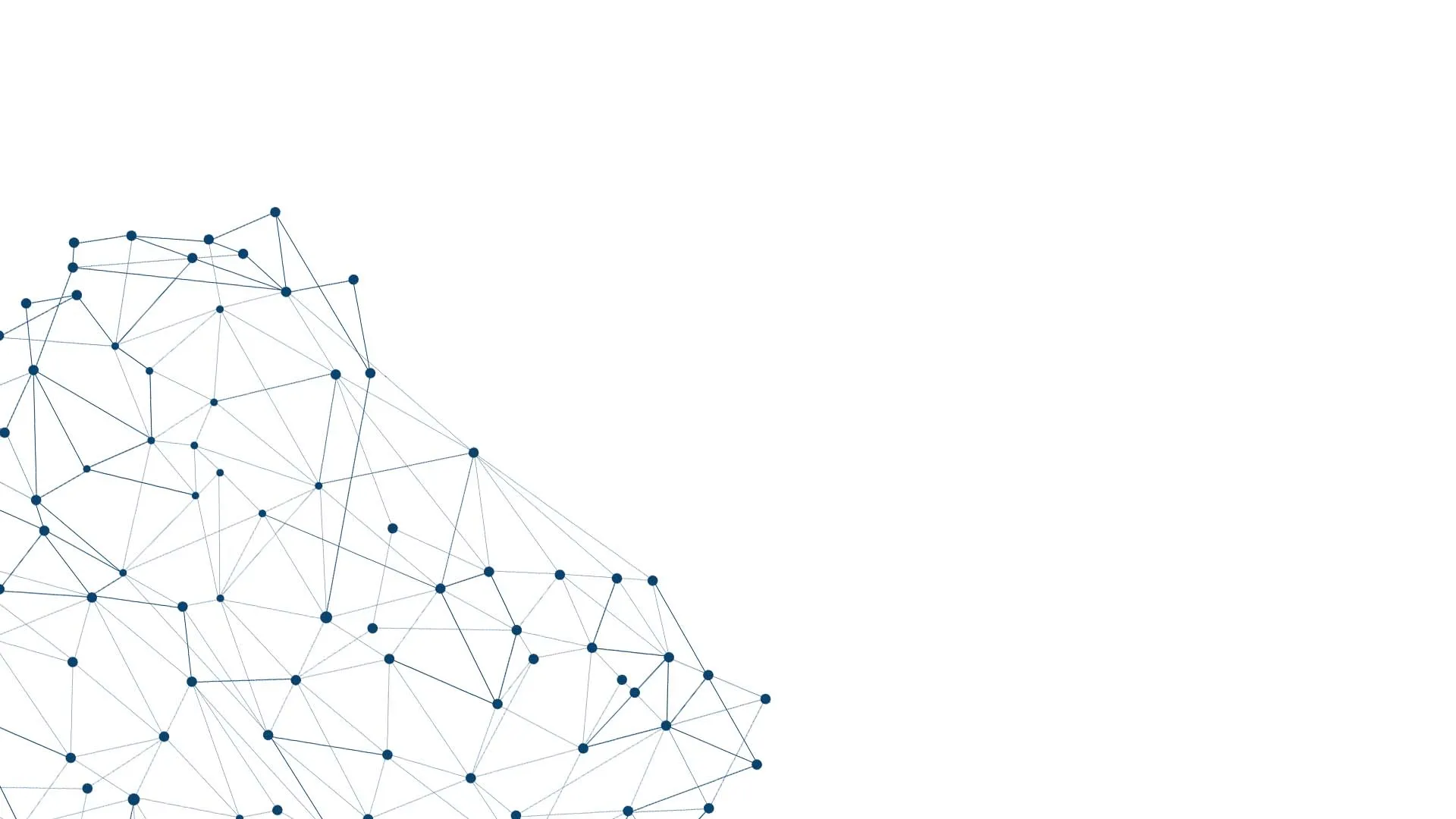TKRISK Graph Theory Module
✔ Structural Analysis
Examine the topological properties of your graphs, including connectivity, cycles, and hierarchical structures. Identify critical nodes and edges that play pivotal roles in your risk models.
✔ Centrality Measures
Calculate various centrality metrics such as degree centrality, betweenness centrality, and eigenvector centrality to identify the most influential variables in your model.
✔ Path Analysis
Discover and analyze paths between nodes, including shortest paths and all possible paths. Understand how information or risk propagates through your model.
✔ Community Detection
Identify clusters or communities within your graph to reveal subgroups of highly interconnected variables, aiding in model simplification and risk segmentation.
- Graph Comparison: Compare multiple graph structures to identify similarities and differences between different risk models or scenarios.
- Temporal Analysis: Analyze how graph properties evolve over time for dynamic risk models.
- Sensitivity Analysis: Identify critical paths and nodes that have the most significant impact on overall model outcomes.
- Graph Visualization: Generate interactive visualizations of graph properties and analysis results for enhanced understanding and communication.
- Custom Algorithms: Implement and run custom graph theory algorithms tailored to your specific risk analysis needs.
- Analyze graphs created in the Graph Creation module to validate and optimize model structure.
- Inform the Sampling module by identifying critical paths for more efficient Monte Carlo simulations.
- Enhance the Structure Learning module by providing insights for graph refinement and optimization.
- Support the Scenario Analysis module by highlighting key variables and relationships for focused analysis.
- Finance: Analyze interconnectedness of financial instruments and institutions to assess systemic risks.
- Supply Chain: Identify critical suppliers and potential bottlenecks in complex supply networks.
- Cybersecurity: Analyze network structures to identify vulnerabilities and optimize defense strategies.
- Epidemiology: Study disease transmission networks and identify key intervention points.
- Project Management: Optimize project schedules and resource allocation by analyzing task dependency graphs.
- Supports analysis of graphs with millions of nodes and edges.
- Implements efficient algorithms optimized for large-scale graph analysis.
- Provides both exact and approximation algorithms for computationally intensive tasks.
- Offers parallel processing capabilities for improved performance on multi-core systems.
- Includes a comprehensive API for integration with custom workflows and external tools..
Get Started with Graph Theory Analysis
Harness the power of advanced graph theory to gain deeper insights into your risk models.
Whether you're analyzing financial networks, supply chains, or any complex system, TKRISK's Graph Theory module provides the tools you need to uncover hidden patterns and make informed decisions.

